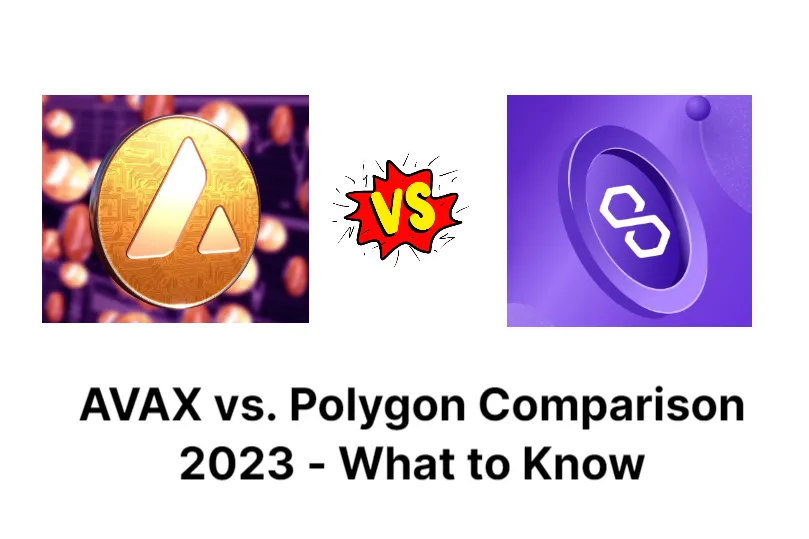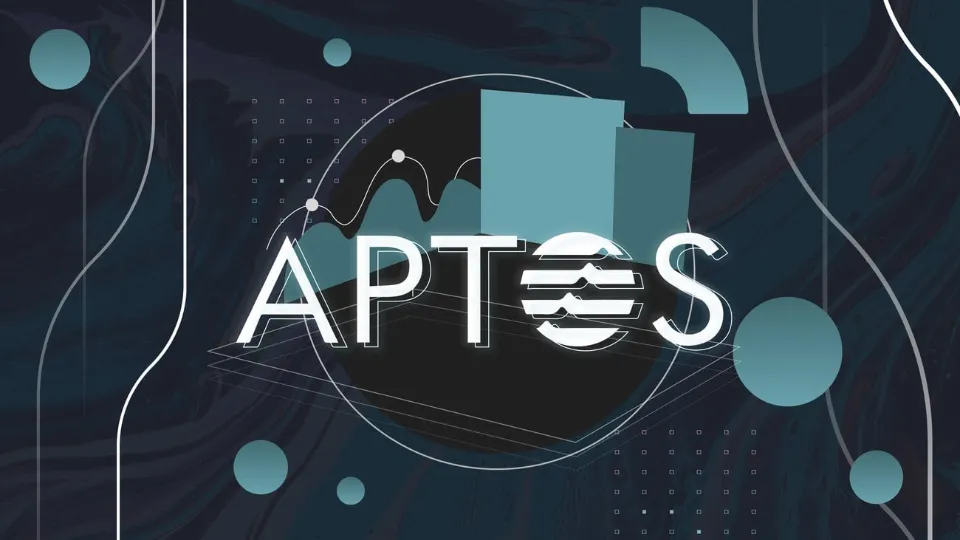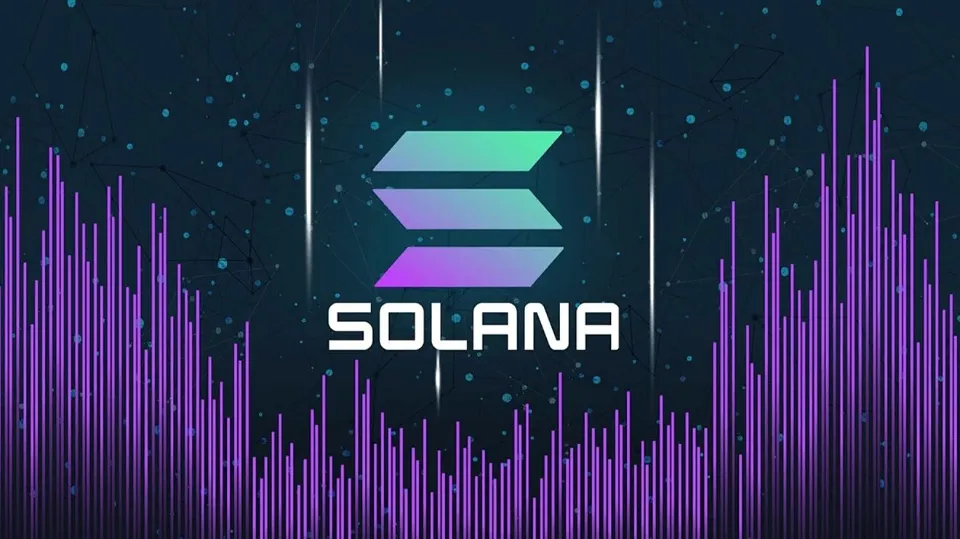This article will compare and contrast Solana and NEAR Protocol in terms of their performance, consensus mechanism, governance, ecosystem, and potential use cases.
Category: CryptoCurrencies
Cryptocurrency, sometimes called crypto-currency or crypto, is any form of currency that exists digitally or virtually and uses cryptography to secure transactions. Cryptocurrencies don’t have a central issuing or regulating authority, instead using a decentralized system to record transactions and issue new units.

“Nirvana” is an algorithmic stablecoin protocol based on the Solana blockchain network designed to protect against hyperinflation.

The projects on the public chain, Solana, which also surprised us last summer, should not be undervalued, despite the fact that many well-known projects are

On the Solana blockchain, Solanart is the most well-known NFT marketplace. On the forum, Solana-based NFTs can be minted, bought, sold, and collected by both creators and collectors.

Users can borrow assets from Aave for a brief time without providing any type of collateral. Compound does not offer flash loans.

APR is used to display the interest paid on borrowings, such as loans from DeFi applications. The annual percentage yield (APY) is the return on an investment.

Avalanche is a popular multi-chain DeFi ecosystem, whereas, Fantom seeks to provide a decentralized infrastructure to power future smart cities and other web3. 0 applications.

Both LUNA and AVAX use the Proof-of-Stake consensus model. AVAX will be range bound and therefore likely to push higher faster while LUNA has a lot more to shed.

With 65000 transactions processed per second (TPS) on the Polygon blockchain compared to Avalanche’s 45000 TPS, Polygon blockchain is significantly faster than Avalanche.

You can purchase Aptos (APT) on Coinbase; simply use the Buy panel to search for and choose Aptos. On Coinbase mobile app, search for Aptos by typing “Aptos” into the search bar.

